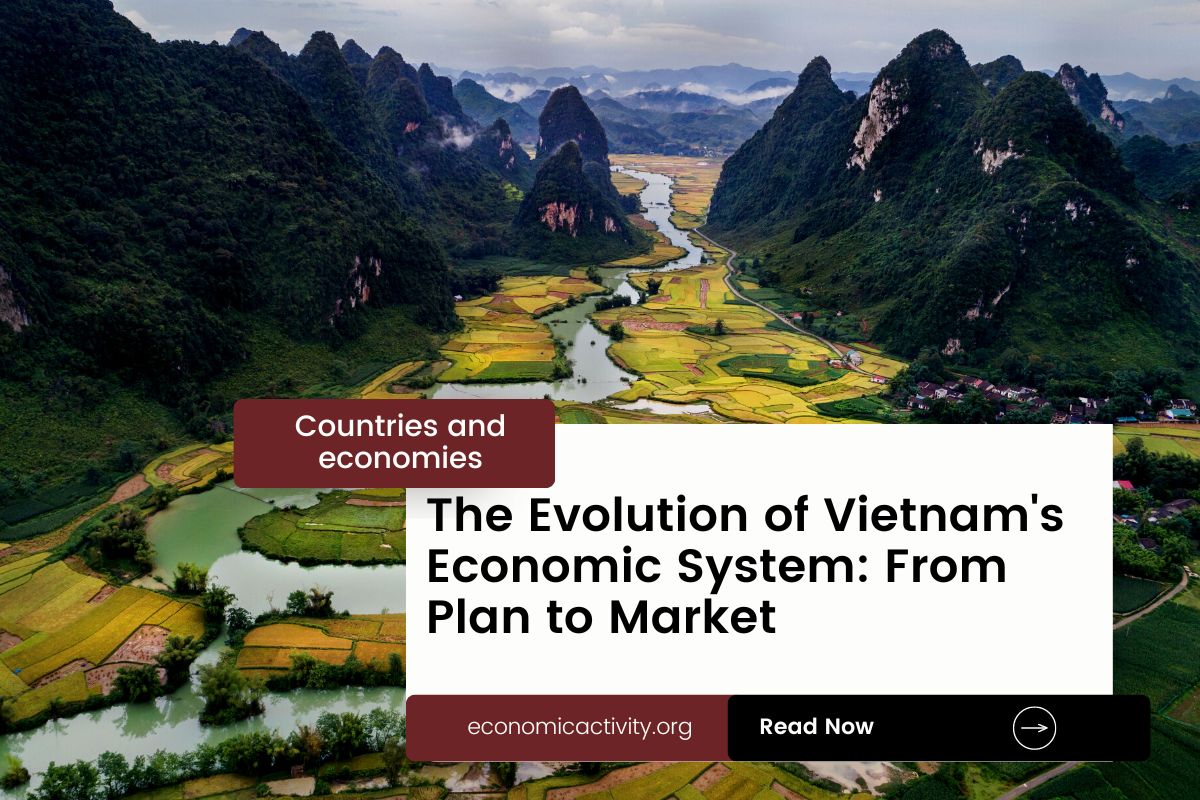What is the economic system of Vietnam? The economy of Vietnam is based on a mixed socialist-oriented market economy. The country’s economic system combines elements of a market economy and a planned economy.
Current Vietnam’s rapidly growing economy is driven by manufacturing, especially electronics and textiles. Agriculture, including rice, coffee, and fishery products, remains significant. Services, particularly tourism and IT, are also important economic sectors.
In Vietnam, the economy is composed of a private sector, consisting of individuals and businesses that make autonomous decisions based on self-interest, and a public sector, where the state determines the production and distribution of certain goods and services. No country is purely capitalist or purely communist.
What do the freedom indexes tell about the economic system of Vietnam?
Now, to determine if a country is mostly a market economy or a planned economy, it is useful to examine some economic indexes. For instance, according to the 2022 Index of Economic Freedom, which measures the ability of every human to control his own labor and property, Vietnam is ranked 84th globally and 18th in Asia-Pacific indicating that the country has a moderately free economy.
In a similar way, the 2022 Freedom House index evaluates the state of political rights and civil liberties globally. Generally, market economies tend to align more with democracy and freedom, while command economies tend to be characterized by greater state control and fewer democratic and civil liberty protections. Vietnam gets a score of 19/100, which qualifies it as Not Free.
Vietnam is a country where the government controls what people do for political reasons, and people have limited freedom to choose (what, how much and how to produce, whether to buy or not, selling price, etc.)
The Link Between Public Sector Employment and the Economic System of Vietnam
An indicator of the extent to which the State is involved in the economy is the number of public sector employees. In Vietnam, according to ILOSTAT, the number of public sector employees as a percentage of the total workforce is 8.4% (2021).
Mixed socialist-oriented economies are characterized by central planning and state control over most economic activity. In such economies, the government tends to be the largest employer, and the number of public sector employees as a percentage of the total workforce is higher.
The historical factors that have influenced the economic system of Vietnam
The current mixed economy system of Vietnam is the result of the country’s colonial history, the influence of the Soviet Union, and the liberalization of the economy in the 1990s.
The colonial period saw the introduction of a market-based economy, while the Soviet Union’s influence led to the adoption of a centrally planned economy.
Also, the liberalization of the economy in the 1990s allowed for the emergence of a more open and competitive market system.





Leave a Reply